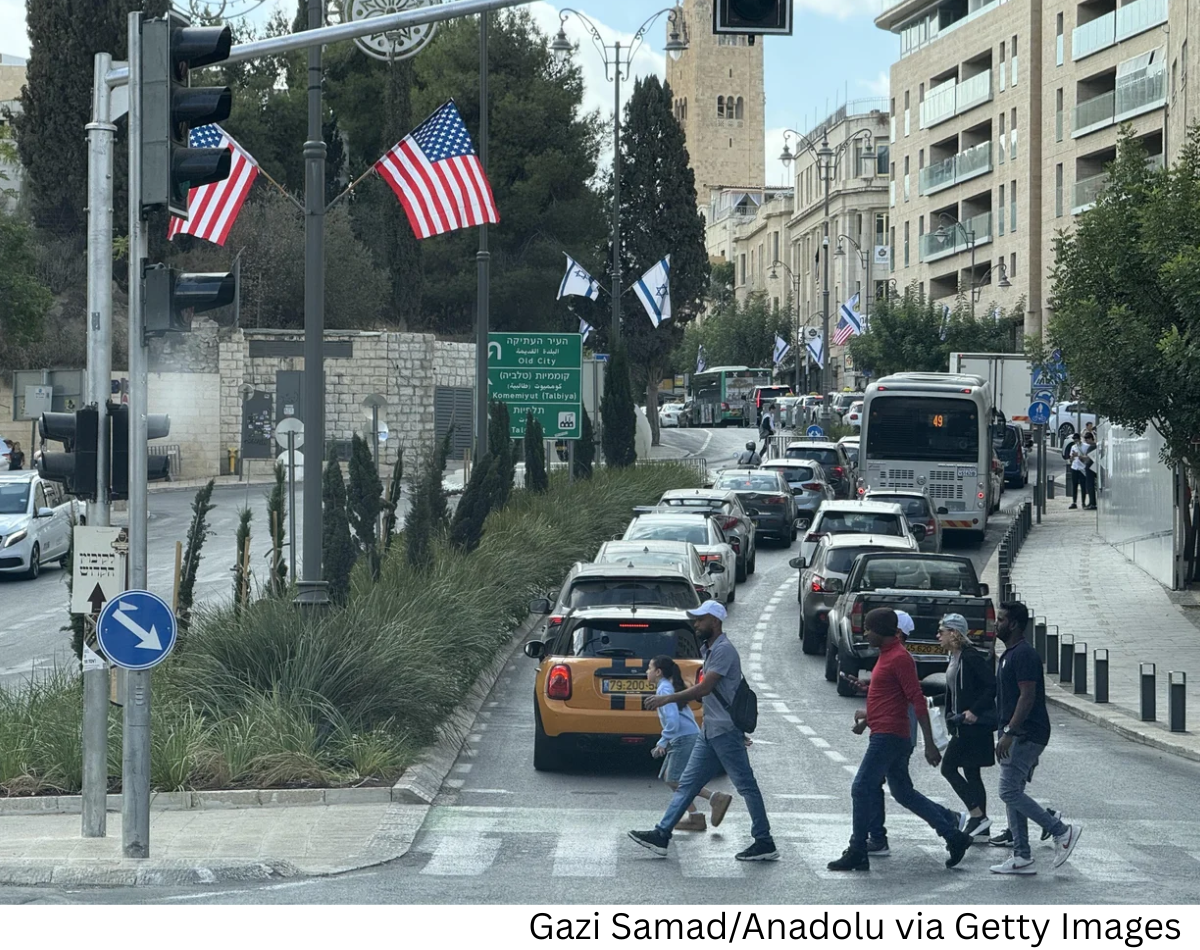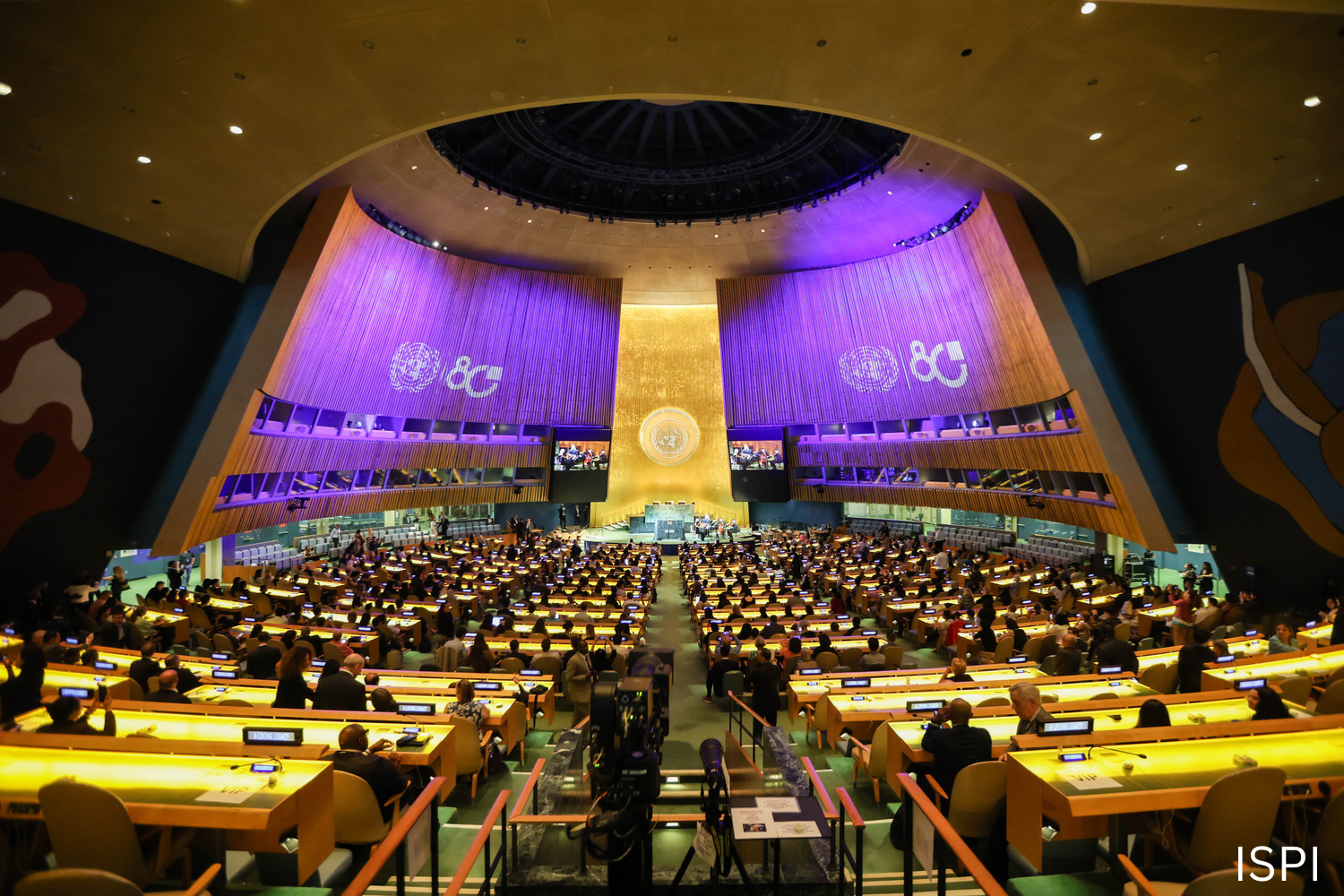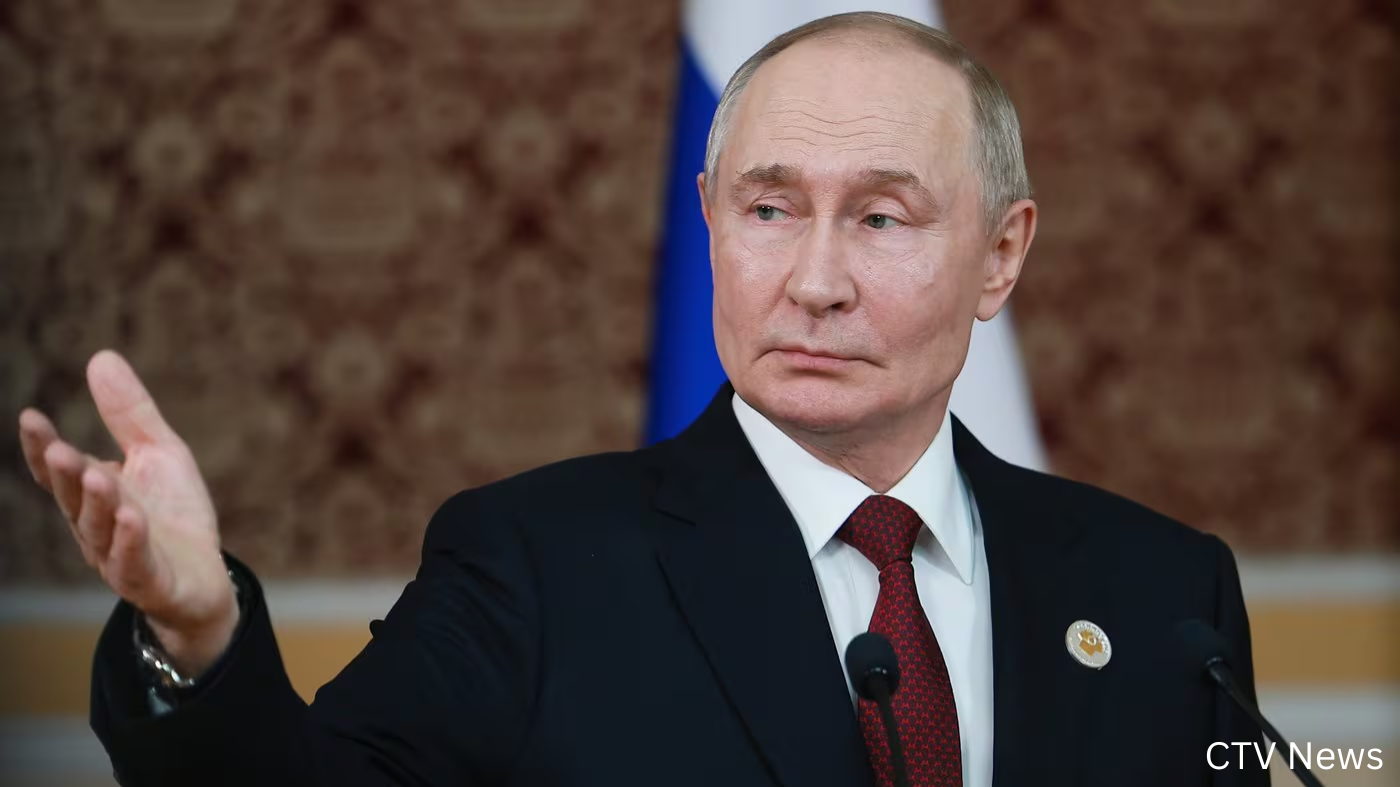As the first phase of the White House-brokered Israel-Hamas peace plan took effect, photos taken on Friday revealed widespread displays of gratitude for President Donald Trump across Israel. American flags were seen flying alongside Israeli flags throughout Jerusalem, while Tel Aviv showcased prominent billboards honoring the U.S. president’s role in brokering the ceasefire and initiating humanitarian relief.
A Public Display of Appreciation
The images captured a sense of national gratitude and international acknowledgment. Streets in Jerusalem were adorned with American flags, symbolizing recognition of the diplomatic efforts that helped bring about the ceasefire and secure the first phase of the 20-point peace plan. The flags were displayed alongside Israeli flags, reflecting a combination of national pride and appreciation for international support.
In Tel Aviv, a large billboard featuring President Trump bore the words: “Thank You Mr. President.” The public tribute highlights widespread support for the U.S.-led initiative and the perceived role of the Trump administration in facilitating the ceasefire, the release of hostages, and the delivery of humanitarian aid to Gaza.
Symbolism of Flags and Billboards
The presence of American flags alongside Israeli flags underscores the collaborative nature of the peace process. Israel’s public displays of gratitude reflect acknowledgment of the U.S. role as a mediator and coordinator in the peace plan, which included complex negotiations with Hamas, regional mediators like Egypt and Qatar, and logistical arrangements for aid and security oversight.
The billboard in Tel Aviv serves as both a symbolic and literal message of appreciation. Featuring the U.S. president prominently, it communicates the sentiment of ordinary citizens, families of hostages, and broader Israeli society regarding the diplomatic achievement. These public expressions of gratitude capture the optimism and relief felt in Israel following the announcement of the ceasefire and the first steps of the peace plan.
The Broader Context
The displays come amid a period of cautious optimism across Israel and Gaza. Tens of thousands of Palestinians are beginning to return to neighborhoods devastated by months of conflict, humanitarian aid is flowing into Gaza, and the release of hostages is set to begin as part of the first phase of the peace plan.
The gratitude expressed toward President Trump is shared by international leaders and U.S. officials who have worked closely with regional partners to implement the ceasefire and stabilization measures. Former U.S. Secretaries of State Hillary Clinton and Condoleezza Rice praised the administration’s efforts, while leaders from France, Germany, and the U.K. welcomed the developments and offered support for ongoing negotiations.
Hope and Symbolism
For many Israelis, the flags and billboards represent more than just appreciation—they symbolize hope for a sustained period of peace and the safe return of hostages. They also reflect the significance of the first phase of the peace plan as a tangible step toward stability, rebuilding, and international cooperation.
The public display of American flags, in particular, emphasizes the central role of the United States in facilitating dialogue, negotiating agreements, and coordinating humanitarian aid. It also reflects a sense of shared responsibility among international partners to ensure that the agreement holds and that the first phase is successfully implemented.
Looking Forward
While the flags and billboards celebrate progress, the next steps in the peace plan remain critical. The 72-hour period for Hamas to release hostages is underway, and humanitarian aid continues to flow into Gaza. Monitoring, coordination, and international support will be essential to ensure that commitments are met and that the ceasefire remains stable.
The images from Jerusalem and Tel Aviv offer a snapshot of the national mood, capturing both relief and hope as Israelis mark the beginning of a new chapter in the conflict. They serve as a visual reminder of the broader international engagement and the central role of diplomacy in achieving temporary but meaningful milestones in the Middle East peace process.





.png)

.png)
